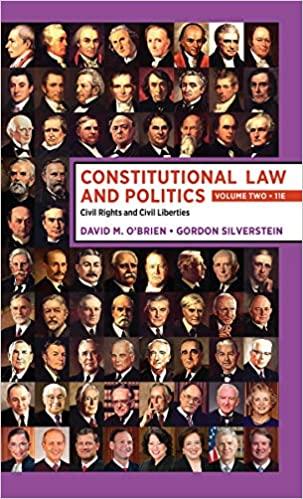Chapter #'r' Questions: ?-'1. Describe. in your own words. the meaning and signicance of business operations. What do we mean when we talk about operations? What does it encompass? What does it exclude? T-Z. What are the major differences between goods-production operations and service operations? ?-3. What are the major differences between high-contact and low-contact service systems? Give an example of each, comparing and contrasting them. 1-4. Identify the three kinds of utility and describe each one briey. ?-'1- Business operations is this the largest aspect of any business. l[Jperations is a systematic management of processes and actives that make production or services possible. Operations includes providing utility in from. time. and place. T-2- 1) Goods are tangible while services are intangible. 2) Goods are produced before they are consumed. while in case of services production and consumption happen at the same time. 3} Goods can be stored in inventory while service cannot be stored for later use. 4} Quality assurance in goods is objective and is measurable, while the same for services is very subjective. 5) Most manufactured goods can be patented while most services cannot be patented and hence can be easily copied TS- The major difference between high and low contact customer service systems is during a low- contact service the customer is not in contact with any services while the service is being performed. The Postal Service is an example of a low contact system. and a barber is an Itample of a high contact system. Neither require much more than the initiation of a process from the customer. but the Postal Service allows the customer to step aside if you will. while the very nature of a hair cut requires the presence of the customer until the service is completed. F4. {1} Form utility: By turning raw materials and human skills into finished goods and services. production adds customer value by making products available. (2) Time utility: Production provides customer value by making products available when customers want them. {3) Place utility: Production adds customer value by making products available where they are convenient for customers







